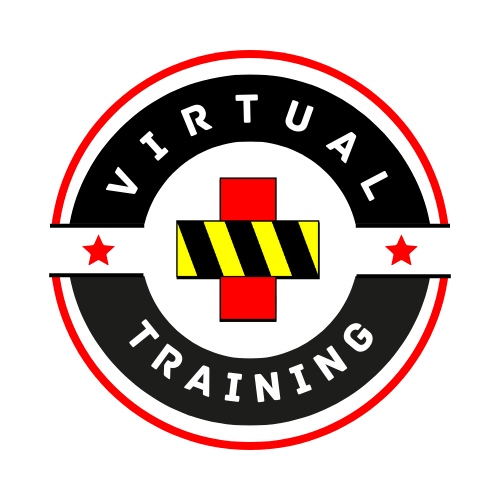Informational Briefings provide a status of current conditions.
Common informational briefings are:
- Safety Briefings - information on how to decrease risk and increase safety
- Press Briefings - information intended to be disseminated to third parties
Because no specific action on the part of the listener is typically required as a result of an informational briefing, they carry many characteristics of a debriefing, which is a look backward at what has occurred to-date. Debriefings will be discussed in great detail later in this course.
The below informational briefing occurred in 1991 during the Gulf War (Operation Desert Shield) and was conducted by General Norman Schwarzkopf.
The video provides an excellent representation of how a leader efficiently and capably relays information to a diverse group with varying agendas.
- Note that the absence of high-tech wizardry does not diminish the effectiveness of his briefing.
Note that he immediately provides the briefing objective and the insight into his strategy by explaining 'why and what we are doing'.
As a leader who is delivering a briefing, providing a strategic overview gives the listener an opportunity to connect with whatever mission or task you are laying out in front of them.
General Schwarzkopf goes on to:
- explain the highlights of what they are doing: mobilizing here, engaging enemy positions there, etc.,
- describe who was involved,
- outline the safety concerns for the troops,
- explain challenges to the operation (attacking where they did not have a strategic 5-to-1 advantage) and
- provide visual aids to give the listener and viewer tangible documentation from which to evaluate and ultimately understand the details of the operation (maps, examples, etc.).
While this video does not contain the end of his briefing, the general also ends with additional gratitude for who was involved and relays the date and the time of future briefings.
- It's important to point out that military briefings like this that have a worldwide audience must provide enough content to be reprinted in the media.
- As a result, they typically include more expansive descriptions since they are also intended to reduce the number of questions the press may have.
The White House's Daily Press Briefings are also an example of this, though their length and interactive nature may not be a good fit for organizations that are not as large and complex as the government.
Lastly, some informational briefings are short on initial information and instead provide the audience an opportunity to ask questions that the briefer will then attempt to answer.
Example:
- A breaking news story with a public information representative, such as after a high-interest incident.
Not all of the requested information is usually available but visibility on the part of the briefing organization is critical (both in person and digitally, including social media) to meet the audience's expectations for being informed.
It's important that times and dates of follow-up briefings are communicated before concluding!
Examples:
- School Shooting - briefing by law enforcement intended to inform parents and calm public
- Product recall - briefing by CEO to alert and calm consumers
Informational briefings are as diverse as the topic they address yet they all have one thing in common: they're intended to inform the audience.
Therefore, knowing your audience's needs and expectations should frame the briefing you will provide.
While the remaining lessons are helpful guides for informational briefings, the primary focus will be on instructional briefings.

